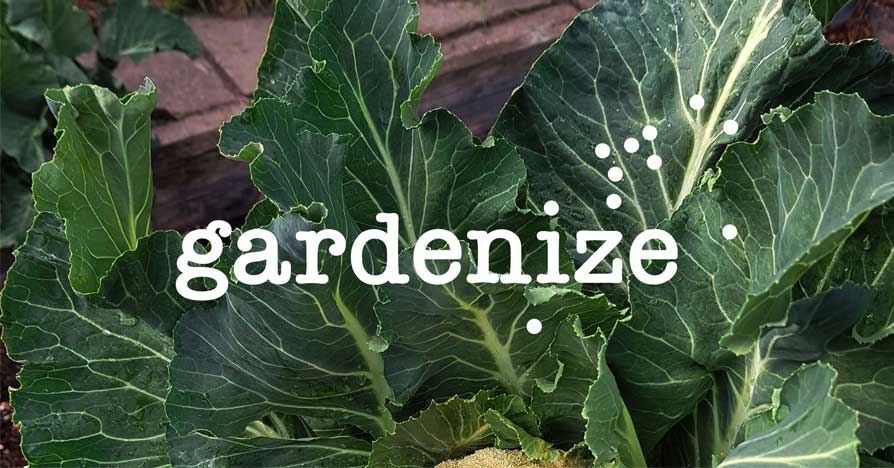Upside-down gardening:March in Central Otago
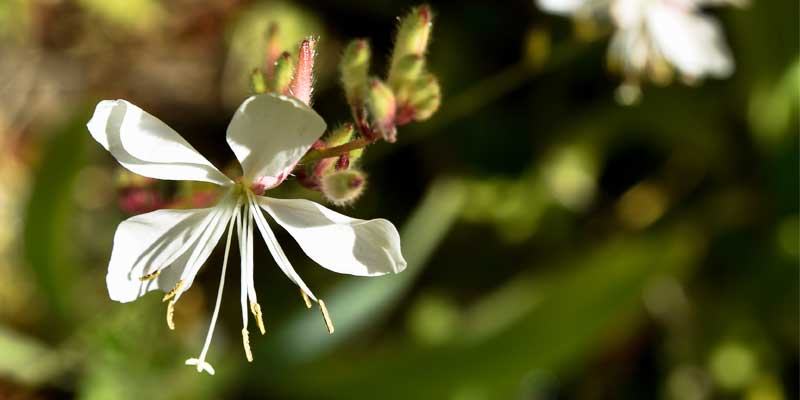
Autumn is coming
The official first day of autumn is 21 March, and the acers, liquidambars and apricot trees are already showing a little bit of red. The nights are cooler, but there is still plenty of warmth for plants to grow and thrive.
Easy to propagate
Succulents
When I have sown seeds in coir blocks and the seeds have failed to germinate, I have used the blocks to propagate succulents. I have put a couple of leaves or a small cutting in each block and kept them indoors with regular watering. Now they are forming little plants. Occasionally, I get a bonus when one of the seeds I thought had failed springs up next to the little succulent. When I see roots pushing through the sides of the blocks, I pot them up.
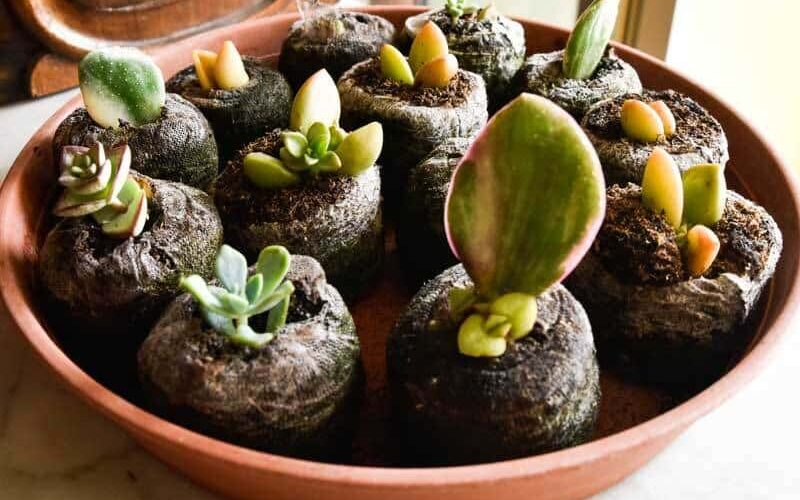
Lavender
I recently extended a newly made flowerbed along the edge of the lawn. I dug out the shape and lowered the level of the soil so that it would not spill out over the low retaining wall by the carport. When I was happy with this, I covered the soil with cardboard to stop any weed seeds or roots, then edged it on the lawn side with flat pieces of the local schist. I didn’t have any homemade compost, so I covered the cardboard with coir. When I pruned the lavender in the adjacent flowerbed, I pushed some of the cuttings through the coir and into the cardboard. I’ve been careful to keep them well watered and they seem to be thriving.
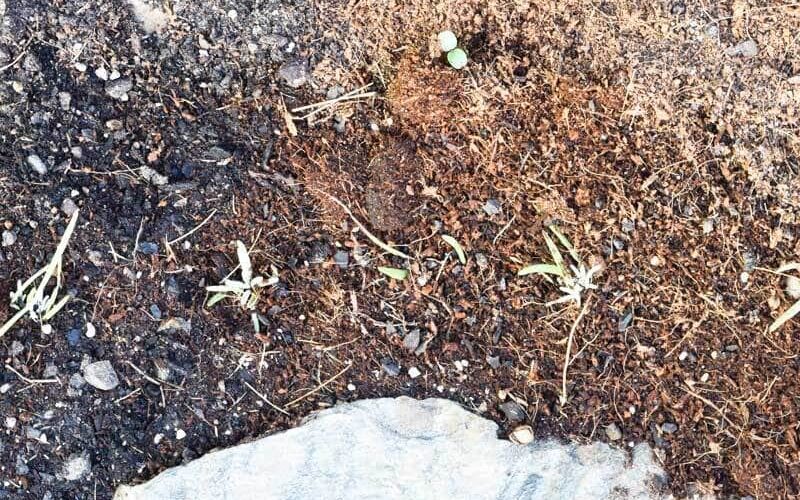
Some great purchases
Simple weeding tool
I saw someone on Instagram commenting on what a great tool this is. The next day I was ordering seeds online and saw the same tool for sale. I could easily have got my husband to make me one, but this was so cheap, at $5.00, it wasn’t worth his time. I thought my claw shaped fork was good for weeding, but this is even better, especially for rooting out couch grass where it has become entangled with the roots of good garden plants.
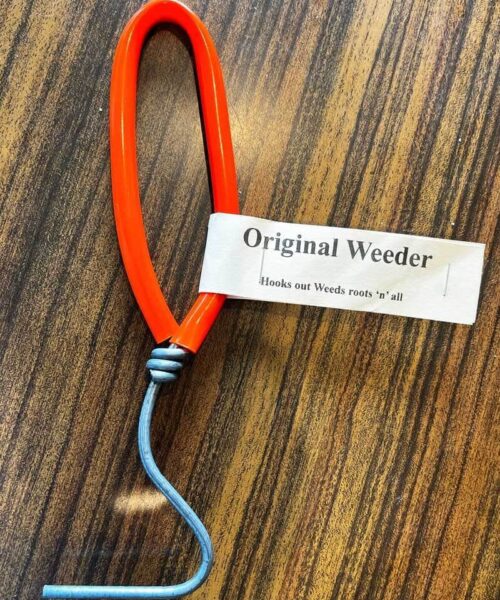
Exotic calla lilies
Even if these don’t survive the winter, they are currently providing interest in a new bed.
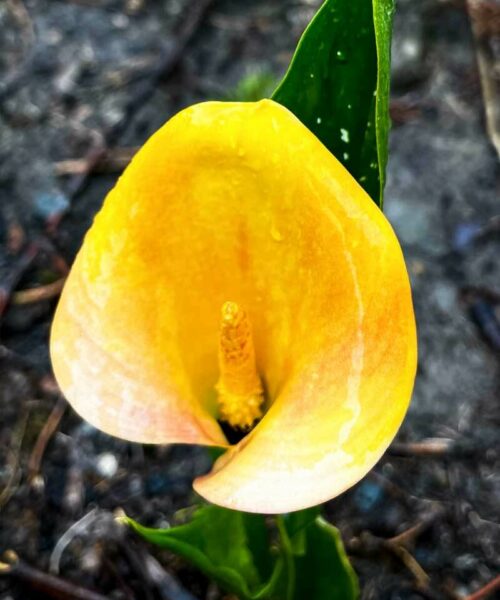
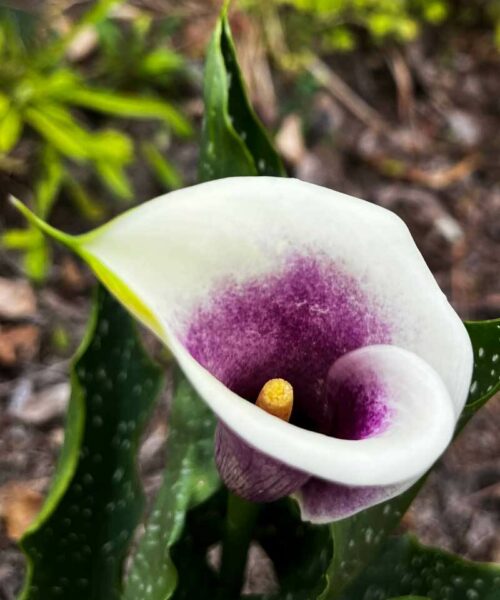

Cheerful tagetes
Our garden is a little lacking in colour at this time of year. Other gardens nearby boast zinnias and dahlias, but my attempt to grow zinnias was a failure, and I can’t get dahlias to thrive: I think our soil is still too poor for them. One way to add colour is to buy a few bedding plants, so I bought a tray of tagetes. They are also known as African marigolds, even though they originate in South America. They are so sweet that I wish I had bought more, to make a bolder display. If I have time, I’ll sow annual flower seeds in milk bottles or trays, so that I can pop in a few plants wherever I have gaps in the borders.
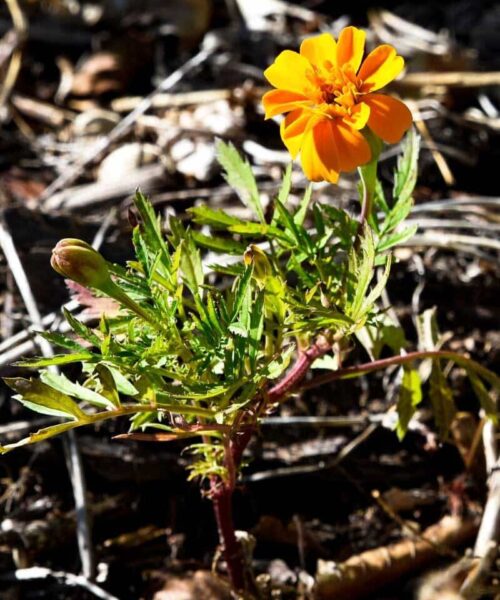
Bright blue salvias
I bought these blue salvias at a heavily reduced price last year. They have survived our harsh winter and dry, hot summer and are just beginning to show a little colour.
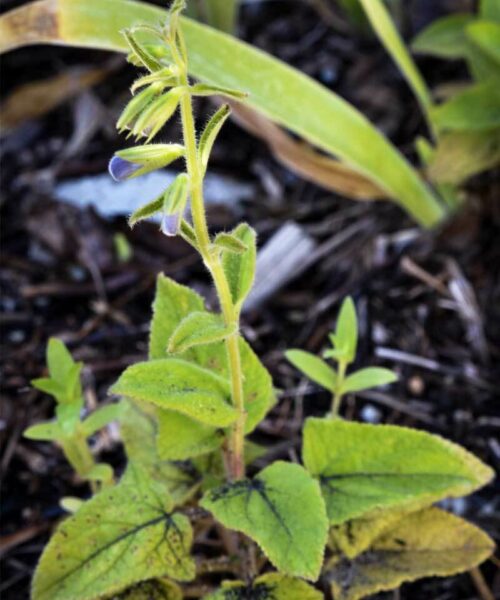
The vegetable garden
I’m learning all the time about what grows well here and what my vegetable-averse husband is willing to eat. I’ve realised that you just can’t have enough carrots, for soups and stews, crudités and grated carrot and beetroot salad (mix with a little Japanese or Thai style salad dressing and some fresh mint for a salad that will keep in the fridge for three days). I plan to sow a lot more of them in future, especially the rainbow mix, since that makes salads even more colourful and nutritious.
Crisp celery
Celery grows very well here, in fact, if I allow it to self-seed, it pops up between the stones in the retaining wall behind the vegetable bed. Like carrots, it’s super-useful for soups and stews, crudités and salads (slice finely across the grain and mix with mayonnaise, diced apple and a squeeze of lemon juice). Growing it in the garden rather than buying it from the supermarket means you can just pull a couple of sticks when you need them and leave the plant growing. When it’s as fresh as this, the leaves taste good in soups and stews too.
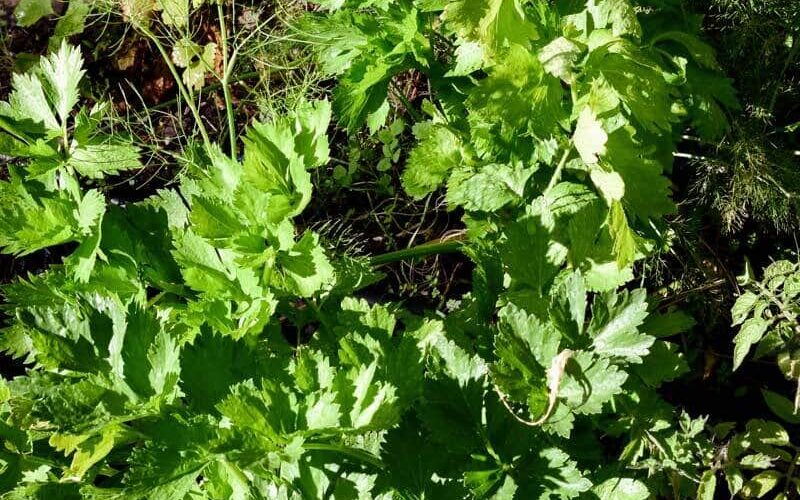
Versatile kale
Kale is also so easy to grow, it will self-seed if you let it. It’s useful in spring when you can add tender new leaves to salad. The more you pinch it out, the more leaves you get. Later in the year, it’s better to compost the centre vein from the leaves before adding them to frittatas, stir-fries, colcannon mash, pasta dishes or soup. It looks beautiful in the garden too. It comes in many varieties and colours, including tender black cavolo nero, as well as the frilly purple one in our garden.
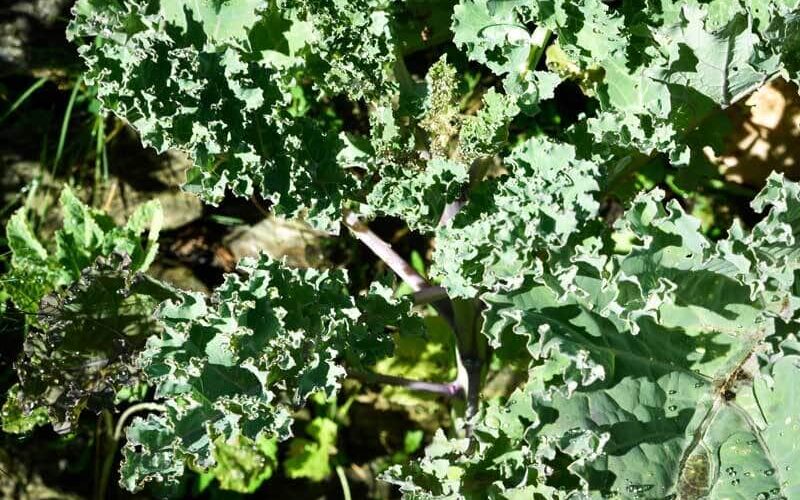
Trialling a seed-sowing method
My germination station is becoming crowded because so far, this method has been easy and fun: a nice activity for children. I made a silly mistake though, which was to leave one of the bottles in the path of an irrigation sprayer. It’s surprising how much water got in through the top of the bottle. The poor little lettuce seedlings were swimming in water, but they survived and are ready to be planted out. I’m going to plant them in a shady spot outside the vegetable garden in the hope that they will be less likely to bolt.
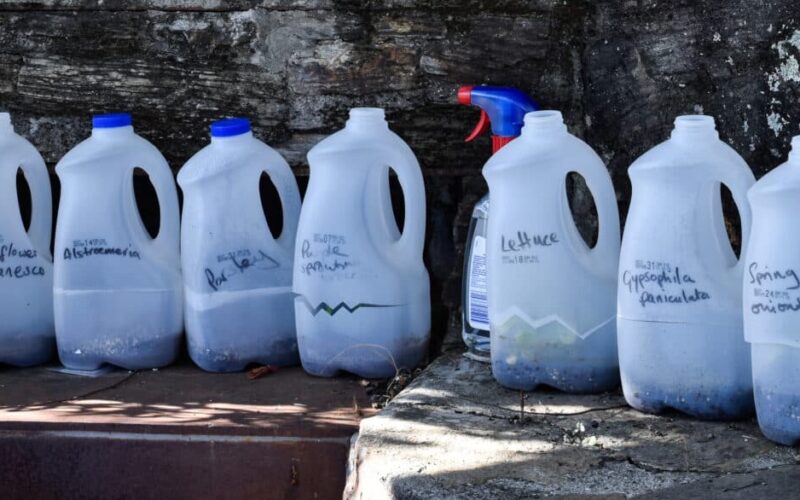
Jobs to do in the garden in March
If you haven’t done so already, you can pre-order your spring bulbs.
Start moving large perennials before they die down. I have a large phlomis and a tall peony that look silly in their current small bed, so I’m going to put them somewhere more appropriate. I set a reminder by making an event in my Gardenize app. When I’ve moved them, I’ll use the app to update the areas.
Reduce the irrigation a little.
Now that the weather is a little cooler, it’s time to return to an intensive programme of weeding, one small area at a time. Look after your body: warm up first and stretch frequently.
For the vegetable garden, sow seeds of beetroot, Brussels sprouts, cabbage, fennel, lettuce, parsley, swedes, shallots and spinach.
For cut flowers, sow seeds of foxglove, verbena bonariensis, nigella, orlaya, cornflower, larkspur, dara, sweet pea, achillea (yarrow), scabiosa, gypsophila, agrostemma (corncockle), stock, poppy and antirrhinum (snapdragon).

About the writer
My name’s Pamela and a few years ago, at the age of 55, I made the decision to start a new adventure. I left the northwest of England, where I had lived all my life, and moved to New Zealand. I’m excited to be a guest blogger on Gardenize, and I love writing about my garden in beautiful, sunny Alexandra in Central Otago. My garden here is about as different as it could get from the damp, shady garden I left behind. Central Otago is the hottest, driest, coldest area in New Zealand, as we have hot summers and cold winters, along with a semi-arid climate. The area is famous for its orchards and vineyards. It has many quaint little rural townships with pretty cottage gardens featuring peonies, bearded irises, hollyhocks, lilies, roses, and lavender that grow so well here. The landscape is spectacular, with dry, rocky mountains and impossibly blue lakes and rivers. The dry mountains look barren, but they’ve actually covered in tough little thyme plants: a great clue to what might grow well in the garden.
GARDENIZE GARDEN APP
A gardening friend with a green thumb and photographic memory
Gardenize is an app for gardening and cultivation that helps you to overview, understand and develop your garden and your gardening skills.
Order makes it easier to succeed and Gardenize structures information and photos and makes it searchable for you. You also get tips and inspiration from other Gardenizers around the world.
Gardenize is free to use and you can download Gardenize from the App Store or Google Play, or create an account the Gardenize web app for web browsers.
Get to know Gardenize better here.

